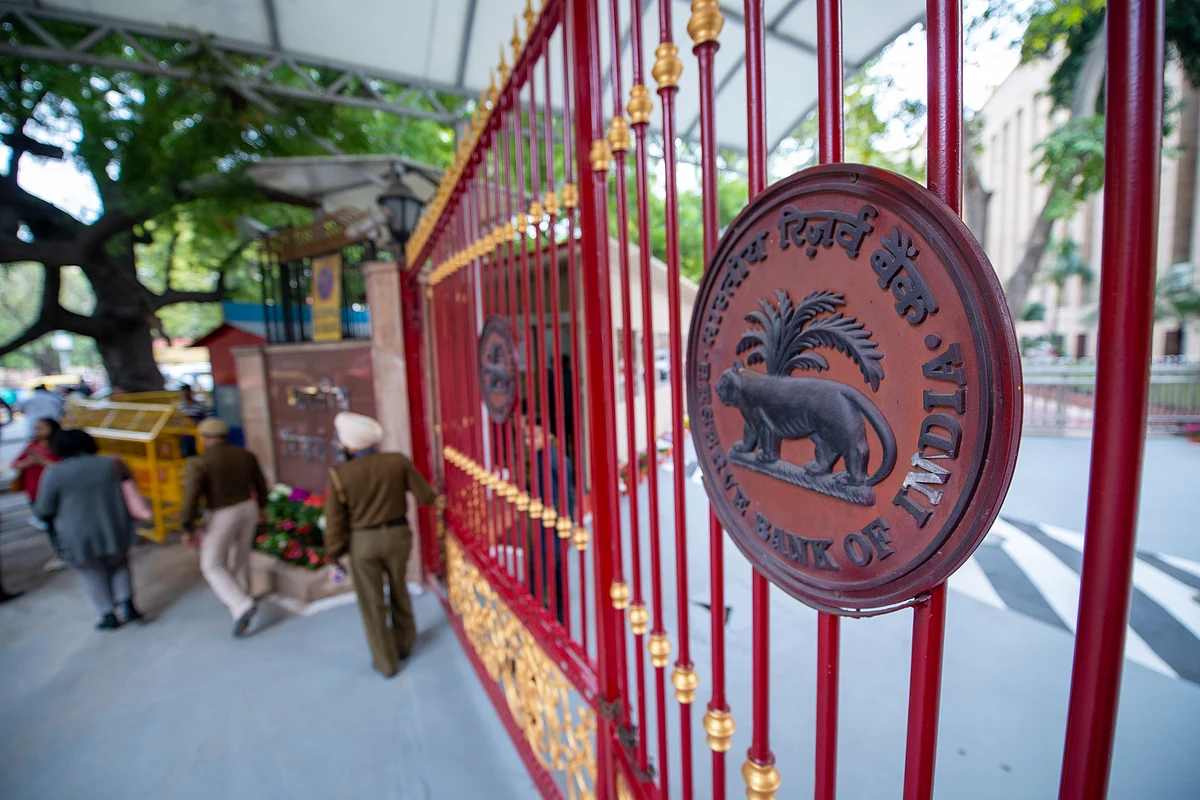RBI nod for foreign trade rupees to be invested in government securities
In simple terms, foreign banks that hold rupees for trade can now invest those funds in Indian government bonds instead of letting them sit idle.

The Reserve Bank of India (RBI) Wednesday allowed non-residents holding Special Rupee Vostro Accounts (SRVA) for trade settlements in the Indian rupee (INR) to invest their excess rupee balances in central government securities, including treasury bills.
In a circular issued on Tuesday, the RBI stated that persons residing outside India who maintain a Special Rupee Vostro Account (SRVA) for international trade settlement in the rupee may invest their surplus balance in the aforesaid account in Central Government Securities (including Treasury Bills).
The move will help create more opportunities for deploying rupee surpluses generated through international trade settlements.
“Persons resident outside India that maintain a Special Rupee Vostro Account for international trade settlement in Indian rupees… may invest their rupee surplus balance in central government securities (including Treasury Bills),” the RBI said in its circular dated August 12, 2025.
By allowing surplus rupee balances in SRVAs to be invested in government securities, the RBI is offering a risk-free and liquid investment avenue for trade partners.
Arsh Mogre, economist, PL Capital, says, "Mechanically, this converts inert trade floats into demand for GOI paper, broadening the investor base beyond FPIs and banks; the channel is already meaningful in reach—156 SRVAs opened by 123 banks from 30 countries across 26 Indian banks, so even modest deployment rates add incremental, recurrent bids at auction and in the secondary market, supporting depth and turnover.”
For context, India is midway through an index‑driven foreign participation—23 FAR‑eligible bonds (~$330 bn notional) entered JPMorgan’s GBI‑EM from June 2024 toward a 10% weight, with expectations of ~$20–25 bn passive inflows; foreigners still own <2% of outstanding GOI debt (projected ~5%), and holdings of unlimited‑route bonds crossed ₹3 trillion by March 2025.
Recommended Stories
So, SRVA flows are additive rather than substitutive, especially at the short end, where 91‑day T‑bills have cleared ~5.39% in recent auctions versus a 10‑yr benchmark near 6.29–6.41% this summer.
“On rupee internationalisation, SRVAs raise the carry/utility of holding INR: balances used for invoicing can now earn sovereign returns, tightening the trade–finance link for INR at a time when the currency’s global FX turnover share remains small (~1.7% in BIS 2022),” said Mogre.
"Net‑net: the policy should deepen demand (more participants, steadier bid, improved term‑premium transmission) and, by making INR balances yield‑bearing, marginally strengthen the case to hold/settle in rupees—an essential precondition for a higher global INR share over time," added Mogre.
In simple terms, foreign banks that hold rupees for trade can now invest those funds in Indian government bonds, rather than letting them sit idle. This is attracting more buyers from around the world, adding to foreign investments already gained through global bond index inclusion.
Even minor investments from these accounts can increase demand for both short- and long-term bonds, strengthening India’s bond market. It also makes holding rupees more appealing by allowing them to earn interest, which could gradually help the currency play a larger role in global trade over time.